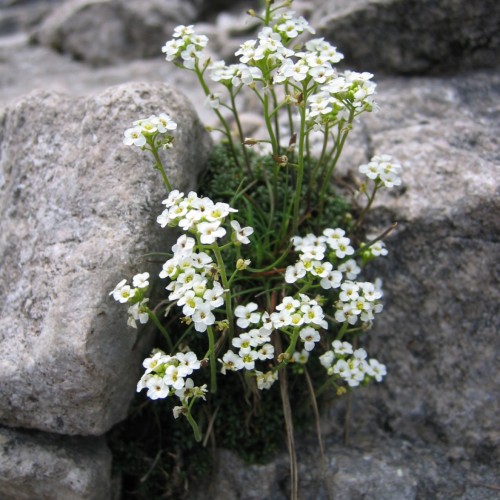
Low Braya
Braya humilis subsp. humilis
Watering:
Minimal
Hardiness Zone:
Sun:
full sun,part shade
Growth Rate:
Low
Drought Tolerant:
Yes
Salt Tolerant:
Yes
Thorny:
Yes
Care Level:
Low
watering
Prostrate Braya should be watered moderately, approximately once a month during the spring and summer to ensure growth and health. During the fall and winter, the watering should be slightly reduced, only giving the plant a light drink every 10 days or so. It is important to never let the soil become soggy or allow the plant to sit in water. Too much water will cause root rot and can kill the plant.
sunlight
Prostrate Braya (Braya glabella subsp. Prostrata) grows best when exposed to full sun, although it tolerates partial shade. This plant species prefers around 6-7 hours of direct sunlight each day, although they can survive on as little as 4 hours of daily sun. Prostrate Braya can even tolerate occasional periods of long days with up to 10 hours of sunlight per day. It is recommended to keep Prostrate Braya in direct sunlight during the morning or afternoon, as the intensity of the sun at those times is usually lower than in the middle of the day, and the plant can better tolerate the periods of intense sun exposure. Prostrate Braya should be kept in shade during the hottest parts of the day (late afternoon and early evening) to prevent sunburn or leaf scorch.
pruning
Prostrate Braya should be pruned once a year, in the late spring. This is when the plant is most actively growing. Pruning at this time will help to encourage more vigorous growth, and also manage the plant’s overall size and shape. When pruning Prostrate Braya, begin by removing any dead or damaged limbs. Then, use pruning shears or a sharp knife to selectively remove congested or tangled branches, as well as any branches that cross over 1 another. The amount of pruning should always be kept moderate, as too much pruning can cause a plant to respond by growing more vigorously in an unruly fashion. Prostrate Braya also benefits from the occasional tidying up of encroaching small branches from surrounding areas. This tidying-up should be kept to a minimum, as too much can shock the plant. Finally, care should always be taken to ensure that tools are clean, and that all pruning cuts are made at a slight angle, leaving a smooth cut surface.
